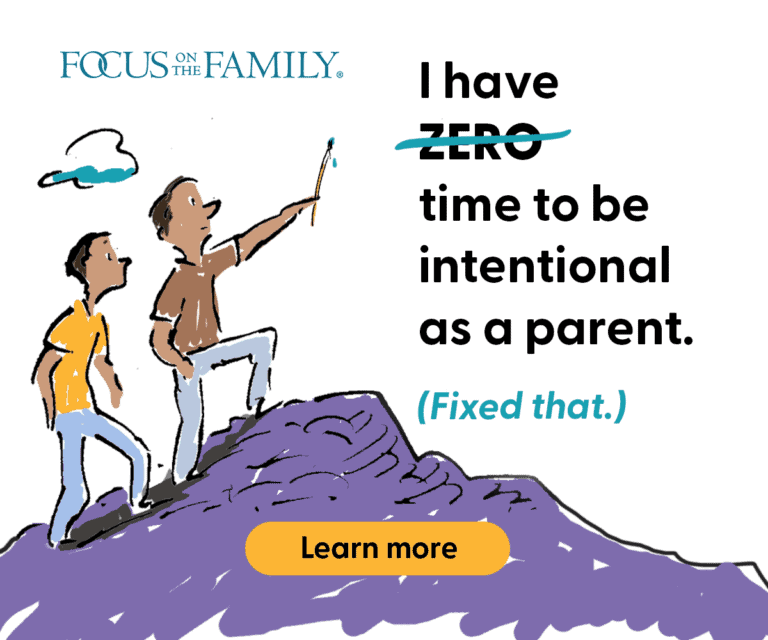My wife and I have two adopted children—our boy and girl were both born in Russia. Before we brought either one home, other adoptive parents warned us of two distinct challenges.
The first challenge was surviving the process. Between the two adoptions, we both needed medical clearance twelve times. The Federal and Colorado Bureaus of Investigation checked, re-checked, then checked our backgrounds again. We filled out reams of forms, including the emotionally-taxing “Type of Child” form. (“No— we can’t accept a child with hydrocephalus,” “Maybe—we will consider a child with a missing limb or who is deaf or blind,” “Yes—we will accept a boy or girl born with a cleft palette.”)
The good news is the adoption process came to an end. The second challenge has proven to be our greatest challenge: raising a multi-cultural (or transcultural or transracial) family.
Before we even brought our daughter home from Russia, we knew that we— as new mom and dad—would need to adjust, and we also knew that, first our daughter and later our son, would need time to get used to their new environment. Luckily, our social worker and kind, adoptive parents shared a few not-so-usual parental questions to consider:
- How do we respond to rude or well-intentioned comments our friends, relatives or strangers make about our children’s ethnicity? Better yet, how do we teach them to respond in kind?
- Will our family members accept a child of a different race or ethnic background?
- How do we help our kids understand that they are God’s gift to us?
- As their identities blossom, how do we give them familial roots, not only as a part of our immediate family, but also with their birth country’s heritage and traditions?
- How do we encourage teachers and other authority figures to respect their unknown family history and, at the same time, to avoid singling them out because of their adoptive past?
Remember, parents, you have to adjust to this new parenting situation and face the aforementioned challenges. But your children have to answer questions about living in a transracial or transcultural family on a daily basis. It’s a formidable task, and you must ready them.
So start—from the moment you bring that bundle of joy home—by making your home a safe and loving environment. Talk to them about it, and don’t think that it is ever too early to start. Many books are available from your local bookstore or library that can help make this introduction. If you’re thinking about adopting an older child, invade their privacy; find out what other kids or adults say, and make sure they are secure as a part of your family.
Most importantly, make Ephesians 1:4-6 your family’s mantra, mission and prayer:
“In love He predestined us to be adopted as his sons through Jesus Christ, in accordance with his pleasure and will—to the praise of his glorious grace, which he has freely given us in the One he loves.”
Three-quarters of a million households with kids who have come in contact with Focus on the Family, research tells us, feel we helped them raise healthy, resilient children.















